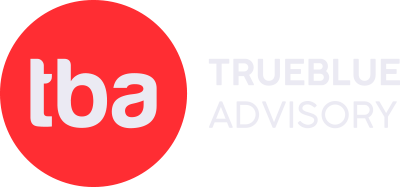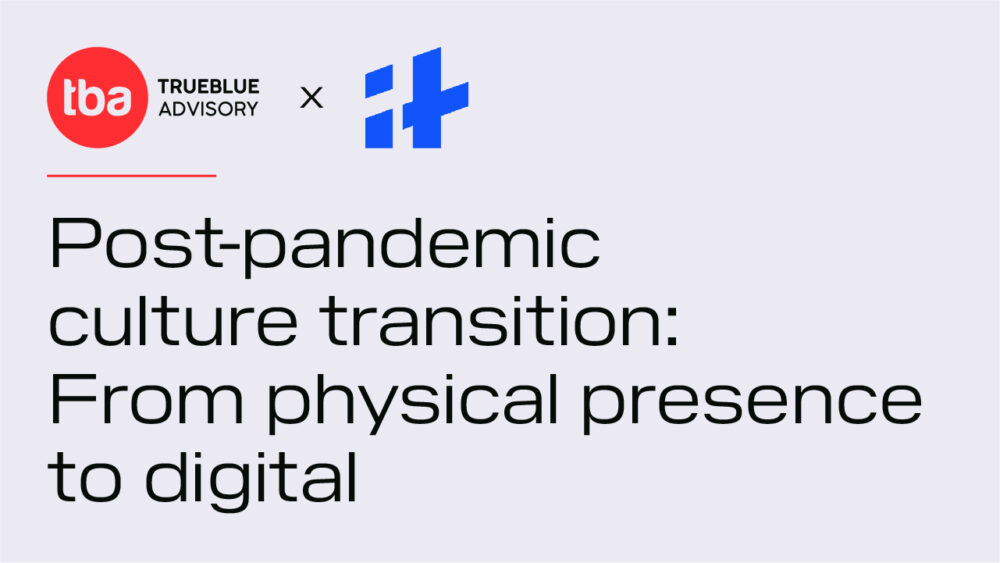On the off chance that you have experienced a hybrid work model pre-COVID, the possibility of not having a desk mate and multiple coffee breaks is abysmal. No matter what industry or the size of the organization, presence was not just mandatory but also equated to a time-efficient work routine.
But now that we’ve had a great deal of experience without it, why are we keen to add elements of the present culture to the digital world?
Talent management has shapeshifted drastically over the past couple of years and businesses have had to keep up with the demands to ensure they don’t take a larger hit than they already have to.
From reimbursing electricity bills to free COVID care, businesses have tried to tap into the ‘essence’ of presence culture to continue strengthening relations with employees.
Away but Present
Digital culture allows employees to interact when required and divide their attention to aspects such as fitness, hobbies, family-time, or exploring. The need for balanced work-hours became increasingly significant as the business climate deteriorated at the initial stages of COVID lockdown. The stress of losing a job, finding multiple sources of income, and migrating to build financial strength led to an overall workforce dissatisfaction.

Companies, emerging and large were affected and had only little time to turn things around. Silos had to be established and employee benefits had to be relooked while managing sources of income and resources overall. More work, fewer employees, better benefits. The trifecta that caused companies to rethink working-models altogether.
Size does matter
While smaller companies built silos to establish an organizational structure, larger corporations had to deconstruct hierarchy for better access and approachability across roles so employees continue to feel connected to the company’s vision, culture and teams.
Larger corporations additionally had to zero down on individual attention to keep track of contributions, achievements, and goal accomplishments which inevitably resulted in increased leadership interaction, higher peer engagement, and employee-first employer branding while still being customer-centric.
Employee-first culture
Launching programs, and initiatives of course came next. Along with medical care and psychological support, employees demanded recognition, rewards, and more benefits

What the presence culture lent to the digital space – virtual engagement & events.
The pandemic was a huge blow when it came to physical engagement and events, and while people acquisition was not hit badly, retention started becoming an issue with the lack of engagement. That’s when we saw the rise of various virtual event platforms and soon various start-up also popped up around this emerging sector. Now in the dawn of the new normal, when the majority of workforce is working in hybrid or from their homes, virtual platforms have become the only logical way to engage with employees and retain them
Employee-first culture
With the initial phase of pay cuts and layoffs, a major chunk of talent took up a second job or freelancing to make their ends meet and now with working from home as the new normal, they had the time and luxury to compartmentalize their time and jobs accordingly and contribute more. This went on to the extent of becoming a habit more than just a necessity and soon it was one of the emerging as a way forward. Now with the legalization of moonlighting corporates have also started accepting it and providing employees the freedom and flexibility to continue doing so.

Innovation first culture seeping through learning, development, and culture of growth
Organisations should embrace a culture of experimentation and innovation and introduce programs like Employer Value propositions (EVP) etc. It is important from the top down for companies to believe that innovation is everyone’s job.
The emerging situation also posed an opportunity to redefine the way we functioned, the processes, the benefits we offered to the solutions we provided. So even though it was a lot of effort, it was an exciting task to take on!



Comments are closed.